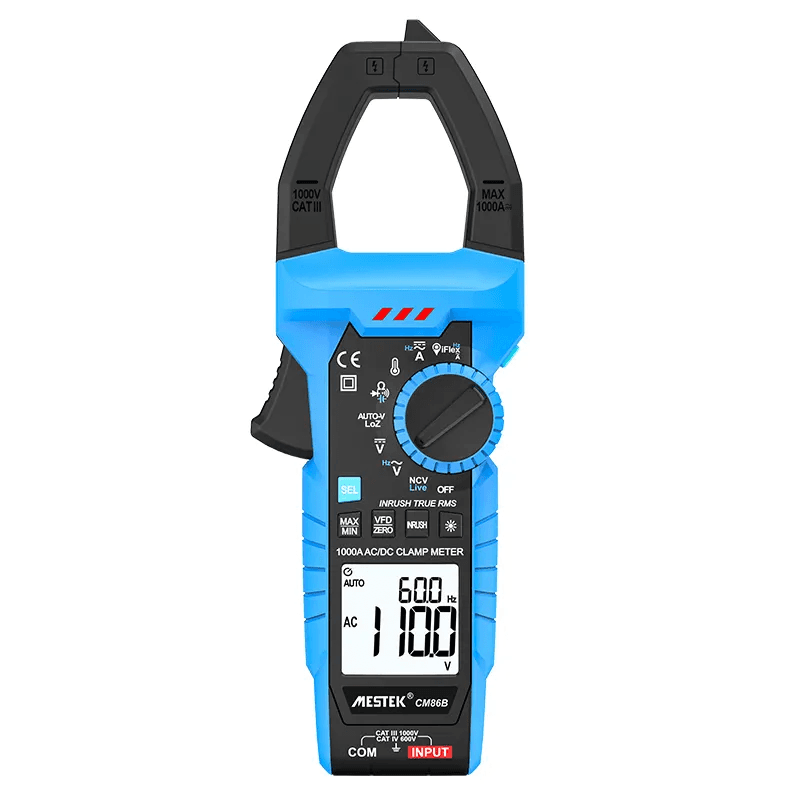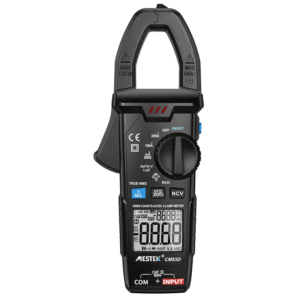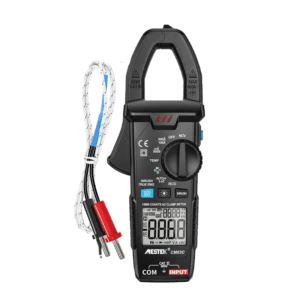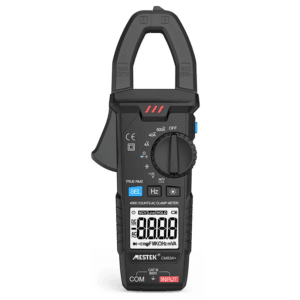The CM86B clamp meter measures DC currents up to 1000A. It also supports K-type temperature testing up to 1000°C. With a CAT III 1000V safety rating, it is ideal for industrial use. Its flexible jaw opens to 42mm for larger conductors. It also tests continuity and resistance, including buzzer resistance.
Functions
| DC Voltage | 600mV/6V/60V/600V/1000V | ±(0.8%+3) |
| AC Voltage | 6V/60V/600V/750V | ±(1.0%+5) |
| DC Current | 60A/600A/1000A | ±(2.5%+10) |
| AC Current | 60A/600A/1000A | ±(2.5%+10) |
| iFlex flexible clamp | 3000A(Optional) | ±(3.0%+5) |
| Inrush Current | 1000A | ±(10%+60) |
| Resistance | 600/6kΩ/60kΩ/600kΩ/6MΩ/60MΩ | ±(2.0%+5) |
| Capacitance | 600nF/6μF/60μF/600μF/6mF/60mF | ±(5.0%+10) |
| K-type Temperature | -20°C-1000°C1-4“F-1832°F | ±(2.0%+2) |
| Continuity Buzzer | <30Ω | |
| Jaw Opening | 42mm | |
| True-RMS | √ | |
| Data Hold | √ | |
| Backlight | √ | |
| Flashlight | √ | |
| K-type Temperature | √ | |
| Auto Power off | √ | |
| NCV | √ | |
| Input Impedance | 1MΩ | |
| Low Battery Indication | Lower than 2.4V | |
| Batteries | 2*1.5V AAA | |
| Size | 254*92*45(mm) | |
| Weight | About 450g | |
| Safety Level | EN61010-2-032,CAT Ⅲ 1000V | |
| Standard Accessories | Digital Clamp Meter-Probe-Carrying | |
| Bag-Batteries-User Manual-Color Box |
Factory Showcase
Mestek achieves high standards and high consistency in product inspection and calibration through precise machinery and a clean environment.
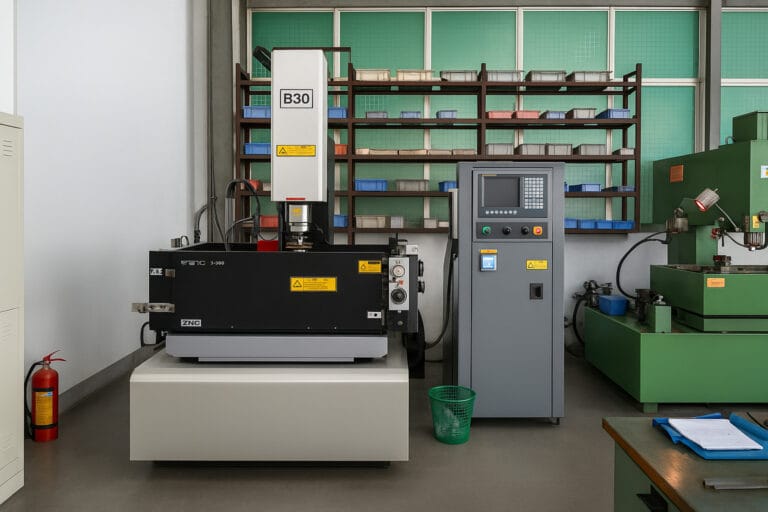
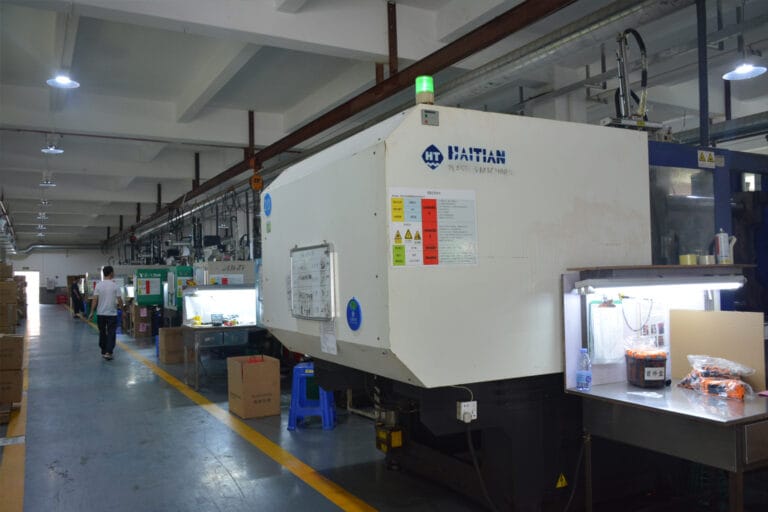

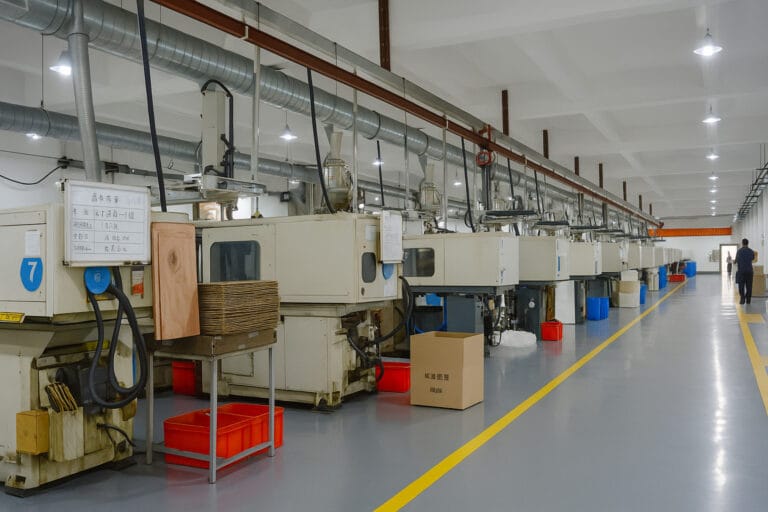
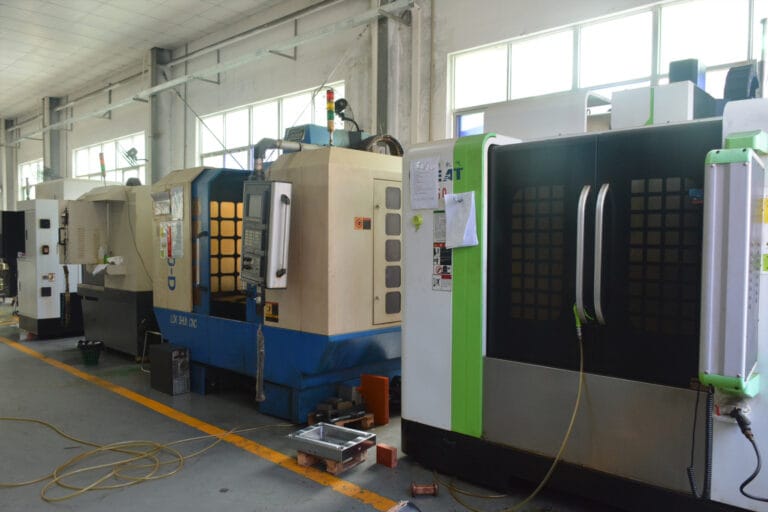
FREQUENTLY ASKED QUESTIONS
What's the difference between a clamp meter and a multimeter?
A clamp meter is specialized for current measurement through its jaws, especially high amperage. A multimeter offers broader functions like voltage, resistance, and continuity testing, but typically measures current via test leads.For a more detailed comparison, please refer to the blog:clamp electric meter vs multimeter.
Can a clamp meter measure both AC and DC current?
Yes, many modern clamp meters can measure both AC and DC current. Be sure to check if the model specifically supports DC current, as not all do.
How do I measure current with a clamp meter?
To measure current, first set your clamp meter to the correct current mode—AC or DC. Then open the clamp jaws and place them around a single live conductor, not the entire cable, as clamping around both live and neutral wires will cancel out the current reading. Make sure the wire is centered in the clamp for better accuracy. Once clamped, the current value will appear on the display. For DC current measurements, some models require you to zero the meter before use to ensure accuracy.
What is the maximum current a clamp meter can measure?
It depends on the model. Entry-level clamp meters typically measure up to 400A–600A, while industrial models can go up to 1000A or more.
What is non-contact voltage (NCV) detection in a clamp meter?
NCV detection is a safety feature that lets you detect the presence of AC voltage without physically touching a wire. The clamp meter senses the electromagnetic field emitted by a live wire and alerts you with a visual or audible signal. It’s a fast and convenient way to identify live wires or check for voltage in outlets, switches, and breaker panels. However, NCV only indicates the presence of voltage—it doesn’t tell you the exact voltage level, so it should be used as a preliminary safety check rather than a precise measurement.
How accurate is a clamp meter?
Clamp meter accuracy varies by model and technology. Most standard models offer ±2% to ±3% accuracy, while high-end True RMS meters can reach ±1%. Accuracy may be affected by wire position, interference, or temperature. For best results, follow the manufacturer’s usage and calibration guidelines.
